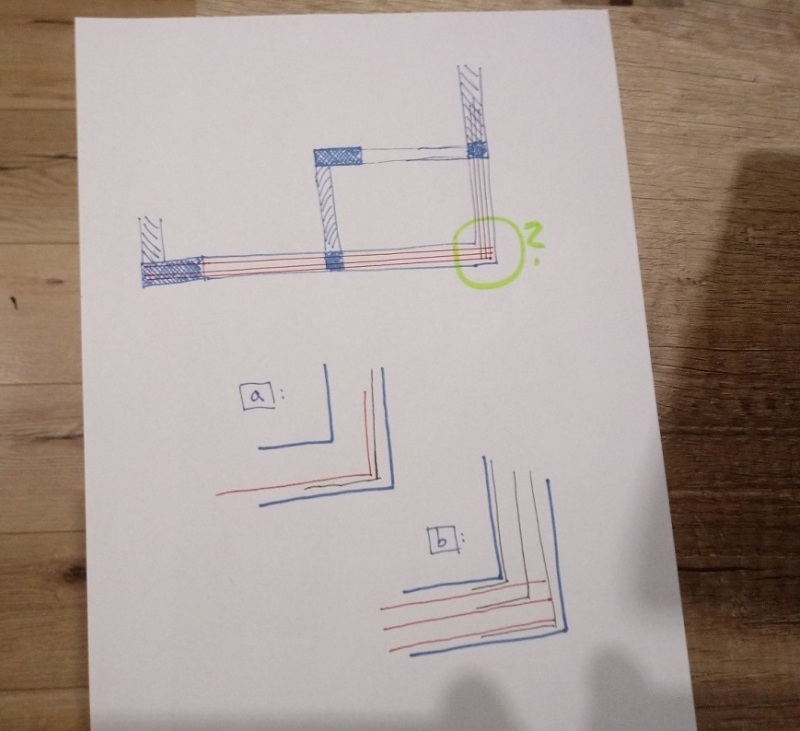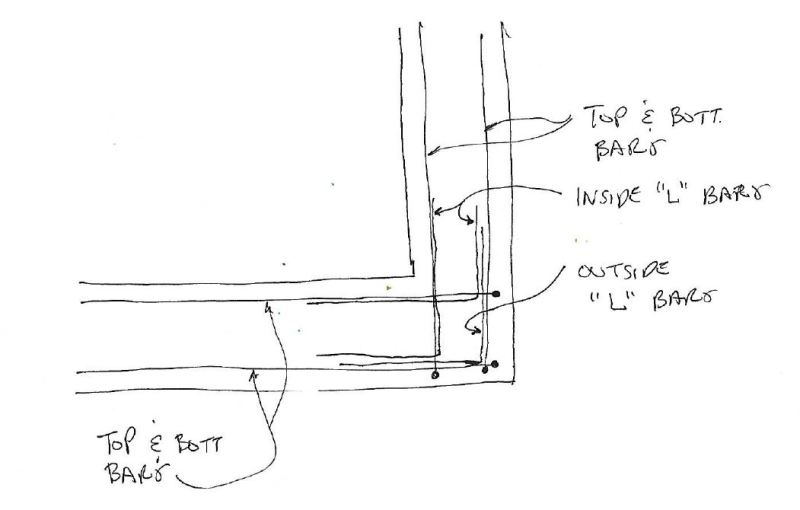mats12
Geotechnical
- Dec 17, 2016
- 181
Its not common for me to work with details - especially reinforcement, so I'm hoping for some replies. I'm not sure what is the best/most simple way to detail reinforcement at corners - from one beam to another - in this case from one corbel to another. Any help will be appreciated.





